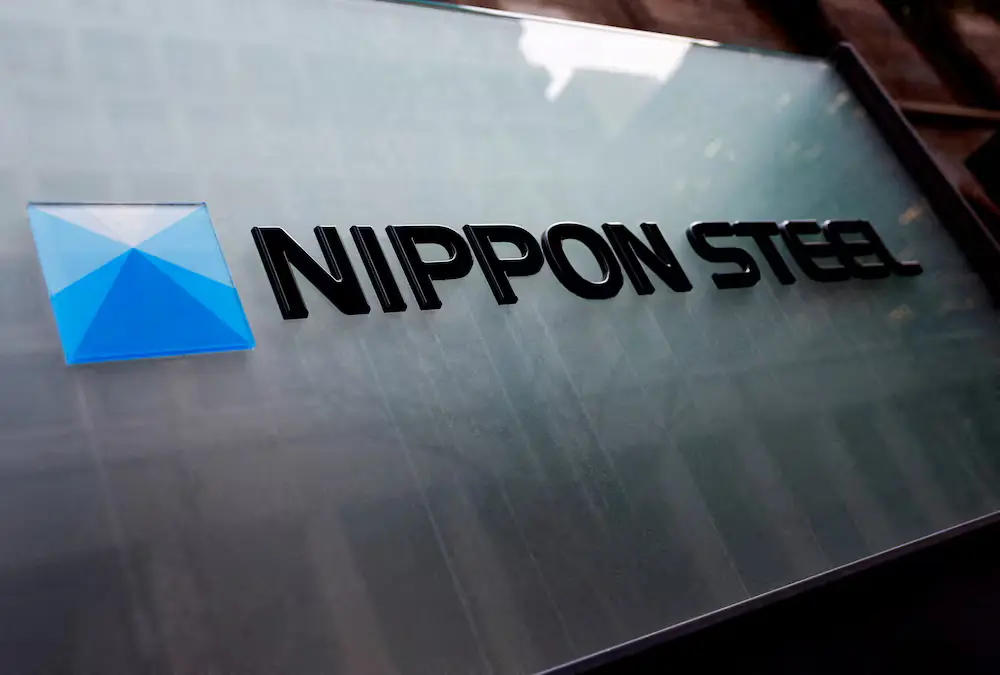Hooters, the legendary restaurant chain famous for its relaxed dining idea and unique uniforms, has filed for bankruptcy. The unexpected development was made public in a statement on Monday, marking a tough page in the history of the brand once famous for its sports-bar vibe and signature chicken wings. The step follows years of increasing competition, changing consumer habits, and economic pressures that have mounted in recent months.
Established in 1983 in Clearwater, Florida, Hooters rapidly grew domestically and overseas, becoming identified with a certain kind of casual eating and entertainment. Several of its outlets blended sports, energetic music, and a casual atmosphere that drew families, sports enthusiasts, and sightseers. Eventually, the chain diversified its menu items and opened spin-off businesses, as well as testing alternative restaurant formats to be considered in a saturated marketplace.
Still, industry analysts have cited many factors that have caused the company to falter. Perhaps the biggest issue has been evolving consumer preferences. Younger customers are increasingly seeking out fast-casual restaurants that prioritize fresh ingredients and healthy menus, forcing traditional sit-down chains like Hooters to play catch-up. In the meantime, the growing popularity of food-delivery apps and virtual kitchens added extra pressure on full-service restaurants as consumers flocked to faster, more convenient dining options.
Another factor often cited is increasing competition in the casual dining segment. As more chains, large and small, competed for consumers’ attention, Hooters had a hard time standing out. Critics also said the restaurant’s hook, once a novelty, began to fall out of favor as increasing demands were being made for more progressive and inclusive marketing strategies. This change in cultural attitude created controversy regarding whether Hooters’ image had become outdated, especially in the contemporary dining landscape.
Financial stresses only added to the brand’s troubles. The current economic recession, fueled by erratic consumer spending and increasing overheads, put added pressure on the chain to control costs while spending on much-needed upgrades. Industry experts observe that keeping large physical stores operational needs steady traffic, which has become less consistent in the current market. Many Hooters restaurants also encountered aggressive competition from new players, adding to declining sales and profitability.
In Hooters’ bankruptcy filing, the management hinted at restructuring plans that could involve closing underperforming restaurants, simplifying the menu, and a whole new image. Leadership says they continue to hope to resurrect the brand through targeted repositioning despite its financial position and struggles. Management did cite high brand recognition and a loyal customer base as advantages that could allow the chain to emerge from bankruptcy more nimble than before and be responsive to current consumer trends.
Responses to the bankruptcy announcement have varied. Longtime customers were disappointed by the prospect of the closing of some popular neighborhood units. Others viewed the announcement as an inevitable move that might spur long-overdue change to the concept of the chain, thus opening up new customer bases. Some analysts think that Hooters could pursue alliances or acquisitions to inject new capital and ideas into the company’s playbook.
In any case, the bankruptcy of Hooters is a microcosm of the overall woes of the restaurant industry. As restaurants nationwide try to stay afloat with changing tastes, the demography of competition, and especially the economy, Hooters is really an example of what innovation and adaptability can really mean. Whether or not Hooters can change itself to be consistent with modern consumer values will remain uncertain for some time, but the next move will be followed closely by both advocates and critics within the industry.




